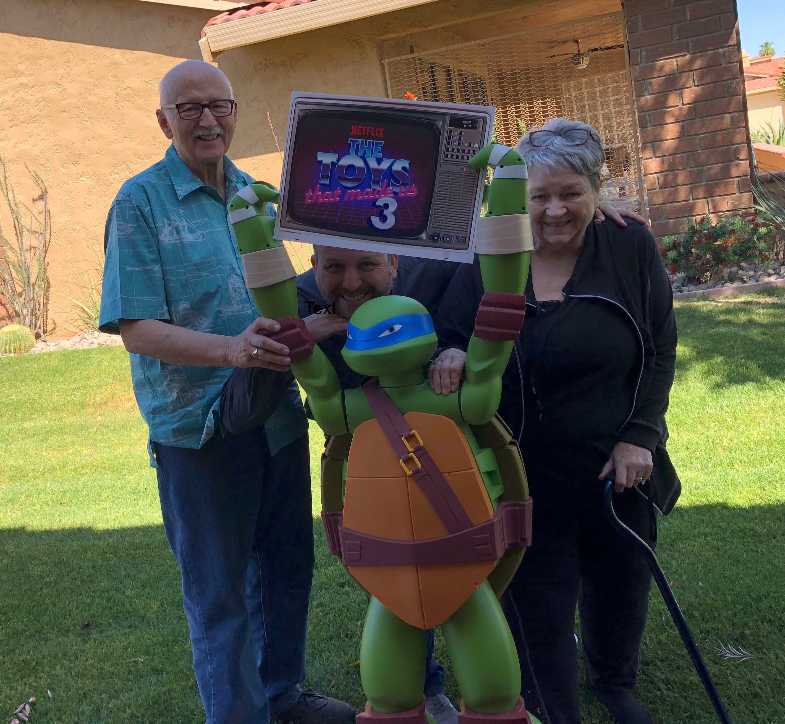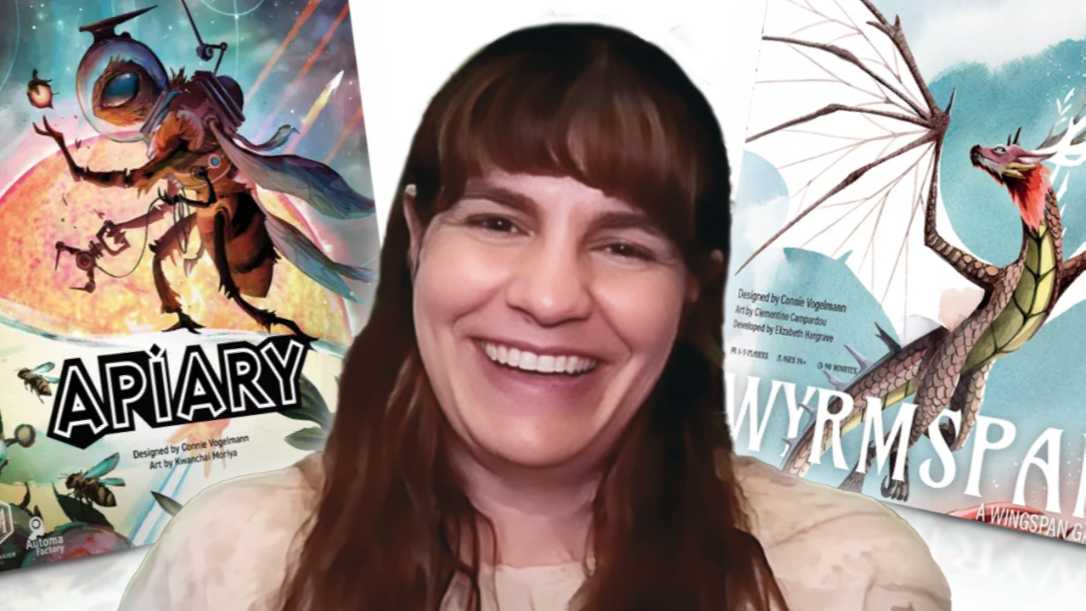As technology advances, video games have evolved from simple pixelated games to immersive open-world experiences. Accompanying this evolution is a transformation in storytelling, branching out to film, television, and interactive encounters. Now, the industry is on the brink of an even greater shift - the rise of Virtual Reality. This discussion explores the immense potential of VR in revolutionizing digital gaming and storytelling, creating a new market and changing how we engage with entertainment.
The evolution of digital experiences and storytelling has been a fascinating journey. Initially, video games were basic and limited to a few pixels on a screen. Meanwhile, storytelling was mostly confined to books, theater, and oral traditions. But as technology advanced, both mediums underwent significant transformations. Video games became complex with three-dimensional worlds, intricate storylines, and opportunities for shared experiences. Narrative outlets also expanded to include film and television, providing visual and auditory spectacles unmatched by traditional forms of storytelling. The ever-changing landscape of technology continues to drive innovation, as we approach the dawn of the Virtual Reality (VR) era, ushering in yet another wave of transformation.
Virtual Reality (VR) is a technology that immerses users in a meticulously crafted, entirely synthetic world. Unlike conventional digital content, VR positions users at the center of the experience, facilitated by specialized hardware and software. A VR headset monitors cranial movements and projects a 3D environment to simulate being present in a simulated universe. Handheld manipulators enable users to engage and interact within the virtual world. Currently, VR is used in gaming, storytelling, training, and virtual expeditions. Its potential in interactive gaming and narrative mediums, however, is yet to be fully explored.
VR has significant and varied effects on the video gaming industry. It offers an unprecedented level of immersion that exceeds traditional video games. Unlike standard games which always remind players of their digital interfaces, VR can transport players to a virtual world and make them feel like they are genuinely there. This increased feeling of presence enhances all aspects of gameplay, including discovery, problem-solving, and engagement with in-game characters. Additionally, VR opens up new genres and experiences that were previously impossible, such as a horror game where scares can come from any direction or a detective game where players can manually examine evidence. The possibilities are endless, limited only by the imagination of game designers.
As VR stands poised to metamorphose the realm of video gaming, it simultaneously possesses tremendous capacity to transfigure the art of storytelling. Conventional narrative platforms, even those as visually and auditorily engrossing as cinema and television series, invariably result in passive experiences. The audience spectates as the tale unwraps yet remains excluded from active participation. Contrarily, VR offers the prospect of dynamic, all-encompassing storytelling. Picture a cinematic narrative where you are not just an observer, but actually partake in their experiences. Or visualize a television drama where you possess the liberty to survey the surroundings and interact with the characters. VR might even catalyze the emergence of completely novel narrative structures, such as interactive theatrical performances or immersive factual narrations. The prospective horizons for VR within storytelling are immense, and we are merely at the advent of comprehending its potential.
In summation, Virtual Reality emerges as a lighthouse of ingenuity, primed to remodel the terrains of interactive gaming and the art of storytelling. As our exploration reveals, its capacity to amplify immersion, interaction, and engagement in these domains is substantial. The arrival of VR denotes more than a mere milestone in technological progression; it embodies a fundamental shift in the way we engage with and perceive digital content. As developers persist in probing and extending the frontiers of this technology, we can anticipate the advent of an entirely new market, delivering experiences that surpass any level of immersion and engagement hitherto witnessed. While we can only hypothesize about the precise details, one fact remains unequivocal: the horizon of entertainment is charted for Virtual Reality, and it's a future filled with exhilarating prospects.
Recent Blogs
Recent Blogs

Biographies and Interviews
Catching up with Eric Olsen, The Inventor of Flip 7 and Co-Creator of Messy Table Games

Reviews
Book Review: Happytecture by Anna Devís & Daniel Rueda

Biographies and Interviews
From Stage Lights to Game Nights: McMiller’s David & Julian on Shark Tank (Dec 10th), Viral Success & Building a Business With Your Husband

Press Release
Leslie Scott (creator of Jenga) announces the launch of BOUNDLESS PLAY

Press Release
New Study Highlights the Importance of Shopping from Trusted Toy Brands & Retailers this Cyber Monday
See more
Recent Wiki

BOOK REVIEWS
Toy Review: Monster Jam Smash & Bash Grave Digger Monster Truck

BOOK REVIEWS
Toy Review: Marshall's Rapid Rescue Fire Truck

COMPANIES
Zigazoo Secures Partnership with YouTube Star Like Nastya to Inspire Millions of Kids

PEOPLE
A Legacy of Play: Inside the Carlson Family’s Multi-Generational Journey Through the Toy Industry

COMPANIES
Radio Flyer Studios Announces the Launch of its First Original Animated Series, Max & Maple: The Can-Do Kids
See more
POP's Got Talent

POP Entertainment
Randy Klimpert Shares his Ukulele Collection

POP Entertainment
Steve Casino Peanut Art

POP Entertainment
Everyone's Talking about POP!

POP Entertainment
Princess Etch - a Multi-Talented Etch A Sketch Artist

POP Entertainment
Joseph Herscher of Joseph' s Machines.
See more
Recent POPcast

Hidden Role: The Brains Behind your Favorite Games
Connie Vogelmann designed Apiary & Wyrmspan!

Hidden Role: The Brains Behind your Favorite Games
Bob Fuhrer... Is THE Crocodile Dentist!

Hidden Role: The Brains Behind your Favorite Games
Tom Dusenberry... Bought Atari, Wizards of the Coast, and Avalon Hill!

Hidden Role: The Brains Behind your Favorite Games
Matt Leacock created Pandemic... the game!

Hidden Role: The Brains Behind your Favorite Games
Scott Brown and Tim Swindle... are Launching a New Sport!
See more
POPDuos

POPDuos: Interviews with Legends and Leaders
POPDuo: Richard Dickson, Mattel’s President & COO, and Kedar Narayan, Young Inventor Challenge AMB

POPDuos: Interviews with Legends and Leaders
POPDuo: Will Shortz and Josh Wardle

POPDuos: Legends and Leaders Explore Creativity
POP Duo: Elan Lee, Co-Founder, Exploding Kittens.and Jeff Probst, Host and Exec Producer, Survivor

POPDuos: Legends and Leaders Explore Creativity
POP Duo: David Fuhrer, MNG Director, Blue Sq Innovations & Shawn Green, past Dodgers & Mets MLB Star

POPDuos: Legends and Leaders Explore Creativity
POP Duo: Bob Fuhrer, Founder, Nextoy and Tom Fazio, Golf Course Designer
See more
















